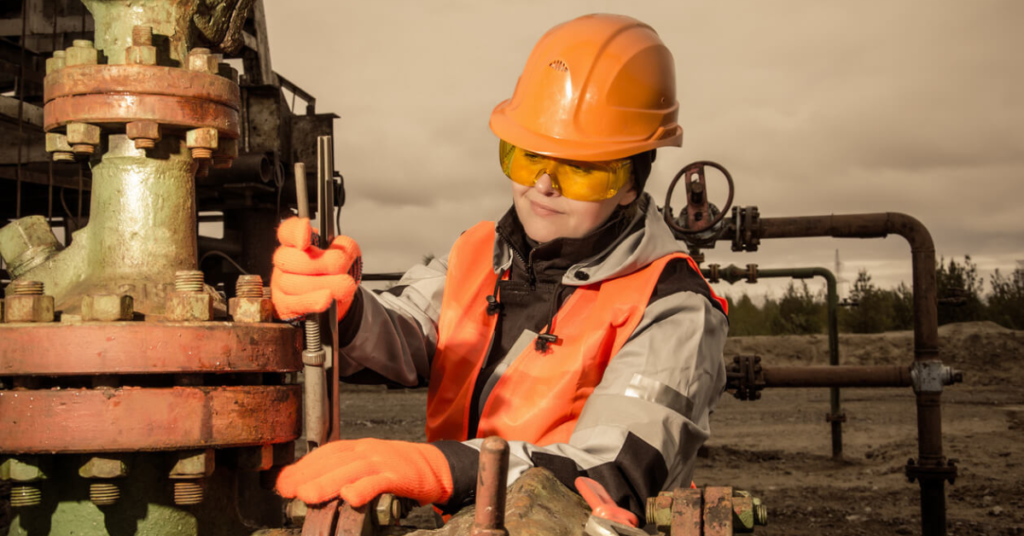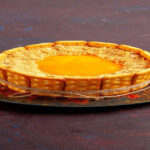In the realm of safety and protection, few areas are as critical as personal protective equipment (PPE). Among the myriad types of PPE, Flame-Resistant (FR) clothing stands out as a fundamental requirement for various high-risk industries. This article explores the essentials of FR clothing, its benefits, innovations, and best practices for ensuring optimal safety.
What is FR Clothing?
Flame-Resistant (FR) clothing is specifically designed to protect individuals from fire and heat hazards. Unlike regular clothing, FR garments are made from specialized materials that resist ignition and prevent flames from spreading. This protective gear is crucial in environments where exposure to fire, electrical arcs, or molten metal is a significant risk.
The Importance of FR Clothing
FR clothing plays a pivotal role in safeguarding workers in hazardous environments. Industries such as oil and gas, electrical utilities, and firefighting require this specialized gear to mitigate the risk of burns and injuries. Understanding the importance of FR clothing involves recognizing the potential dangers and the ways FR garments can mitigate these risks.
Types of FR Clothing
FR clothing comes in various types, each suited for different applications. The primary categories include:
FR Workwear: Includes jackets, pants, shirts, and coveralls designed for everyday use in hazardous environments.
FR Outerwear: Provides additional protection from harsh weather conditions while maintaining flame resistance.
FR Uniforms: Often used in sectors like law enforcement and emergency services, combining professional appearance with protective features.
Materials and Fabrics Used in FR Clothing
The effectiveness of FR clothing largely depends on the materials used. Common fabrics include:
Nomex: A trademarked fabric known for its durability and flame-resistant properties.
Kevlar: Provides high tensile strength and is often used in conjunction with Nomex.
Modacrylic: A synthetic fiber that offers excellent flame resistance and comfort.
FR Cotton: Treated cotton that provides moderate protection and comfort.
How FR Clothing Works
FR clothing functions by utilizing materials that either resist ignition or self-extinguish once the flame source is removed. The protective mechanism includes:
Heat Barrier: Prevents heat from reaching the skin by creating a thermal barrier.
Self-Extinguishing: Ensures that any flames on the fabric are quickly extinguished.
Low Flame Spread: Limits the spread of flames to reduce the extent of burns and injuries.
Standards and Regulations for FR Clothing
Various standards and regulations govern FR clothin’g to ensure its effectiveness. Key standards include:
NFPA 2112: Established by the National Fire Protection Association, it outlines the minimum requirements for FR clothin’g used in industrial settings.
ASTM F1506: Provides guidelines for the performance of FR clothin’g in electrical arc flash scenarios.
ISO 11612: An international standard that covers protective clothing against heat and flames.
Benefits of FR Clothing
FR clothin’g offers numerous benefits, including:
Enhanced Safety: Reduces the risk of burns and injuries in hazardous environments.
Compliance: Meets regulatory standards, ensuring that organizations adhere to safety requirements.
Comfort and Durability: Designed to be worn comfortably for extended periods, often incorporating breathable materials and ergonomic designs.
Visibility: Many FR garments include reflective tape or bright colors for increased visibility in low-light conditions.
Innovations in FR Clothing
The field of FR clothin’g is continually evolving with advancements in technology and materials. Recent innovations include:
Advanced Fabrics: Development of new materials that offer improved flame resistance and comfort.
Smart Textiles: Integration of sensors and technology to monitor and respond to environmental conditions.
Eco-Friendly Options: Production of FR clothin’g using sustainable practices and materials.
Choosing the Right FR Clothing
Selecting appropriate FR clothin’g involves considering various factors:
Hazard Assessment: Determine the specific risks associated with the work environment to select suitable garments.
Fit and Comfort: Ensure that the clothing fits well and provides comfort for extended wear.
Durability and Maintenance: Choose garments that are durable and easy to maintain, as proper care is essential for maintaining effectiveness.
Care and Maintenance of FR Clothing
Proper care and maintenance are crucial for the longevity and effectiveness of FR clothin’g. Recommendations include:
Regular Inspection: Check for signs of wear and tear that could compromise the protective properties.
Proper Washing: Follow manufacturer guidelines for washing and drying to maintain the integrity of the flame-resistant properties.
Replacement: Replace garments that are damaged or worn out to ensure continued protection.
Case Studies and Real-World Applications
Examining real-world applications and case studies provides insight into the practical benefits of FR clothin’g. Examples include:
Oil and Gas Industry: Use of FR clothin’g in drilling operations and refineries to protect workers from heat and flames.
Electrical Utilities: Implementation of FR gear for workers exposed to electrical arcs and high-voltage environments.
Emergency Services: Adoption of FR uniforms by firefighters and rescue personnel to enhance safety during emergency response.
Future Trends in FR Clothing
Looking ahead, the future of FR clothin’g may include:
Increased Integration of Technology: Incorporation of advanced sensors and communication devices for real-time monitoring.
Greater Focus on Sustainability: Development of eco-friendly materials and practices to reduce environmental impact.
Enhanced Customization: More options for tailored garments that meet specific industry needs and preferences.
Conclusion
Flame-Resistant (FR) clothin’g is a critical component of personal protective equipment for various high-risk industries. Its ability to protect workers from fire and heat hazards is essential for ensuring safety and compliance with regulatory standards. With ongoing innovations and a focus on comfort, durability, and effectiveness, FR clothin’g continues to evolve to meet the ever-changing demands of the modern workplace.
By understanding the essentials of FR clothin’g, its benefits, and best practices for care and maintenance, organizations can better protect their workers and enhance overall safety in hazardous environments.







